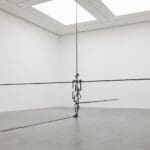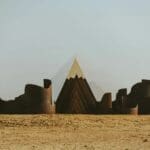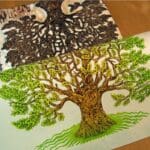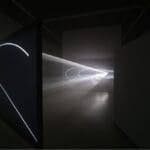A Moving Meditation on Mortality in Brice Marden’s Late Paintings
Installation view of Brice Marden: These paintings are of themselves at Gagosian in New York (© 2021 Brice Marden/Artists Rights Society (ARS), New York. Photo by Rob McKeever. Courtesy Gagosian)
Brice Marden’s recent paintings and drawings are tentative, tender, heartbreaking, angry, vulnerable, and open. As his work requires him to engage the surface with gesture, pressure, and movement — which has been true since the beginning of his career — it is tied to what he can physically accomplish. Looking back at the career of this preeminent artist, I see three basic periods. In the first, which lasted from 1964 to the mid-1980s, he worked monochromatically and was known for the thoroughness of his attention to surface and the palpable yet elusive color he could attain with encaustic. There was an unmistakable physicality to his muted paintings, a tension between the expressive and the understated.
In the second period he re-envisioned how he used line and how he painted, and traded the subtle tactility of encaustic for diluted oil and drawing in what he once described to me as “dirty turpentine.” This period was inspired by his window designs for the Basel Cathedral; his travels in North Africa, where he looked at Islamic architecture in Fez and Marrakesh; a trip to Thailand, where he started collecting seashells, particularly volutes, and made layered drawings loosely inspired by their markings; and by the exhibition Masters of Japanese Calligraphy, 8th–19th Century, at the Japan House Gallery and Asia Society, New York (October 4, 1984–January 6, 1985).
Read the original article here… and return to discuss on artistvenu below

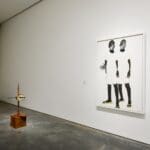
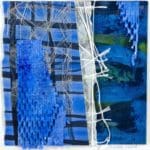



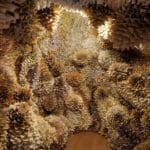



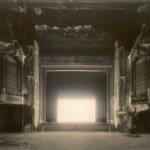
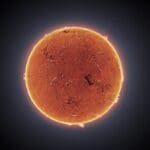

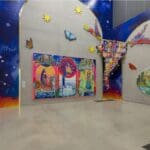



![Artist Shares Secrets of How To Draw Incredibly Realistic Portraits [Interview]](https://artistvenu.studio/wp-content/uploads/2023/12/Screenshot_242-150x150.jpg)



